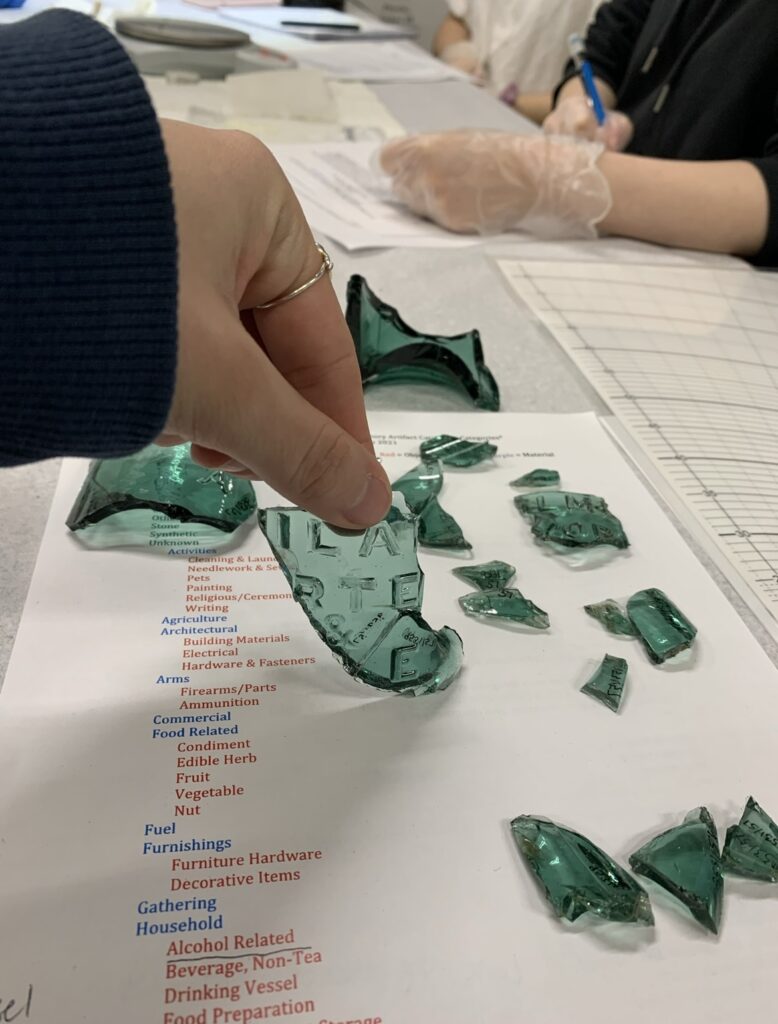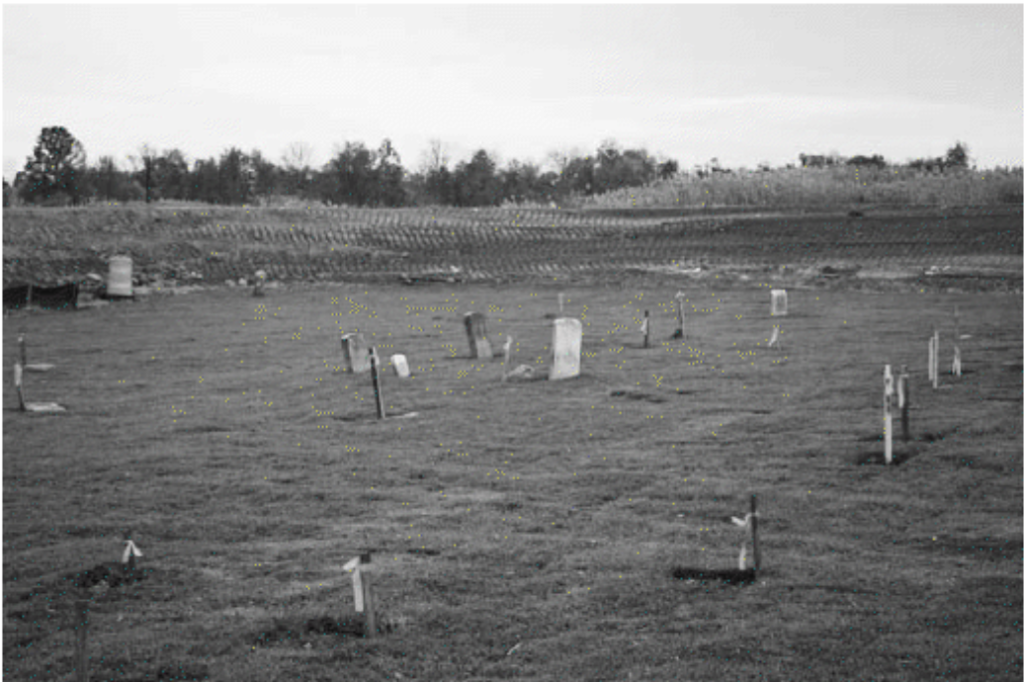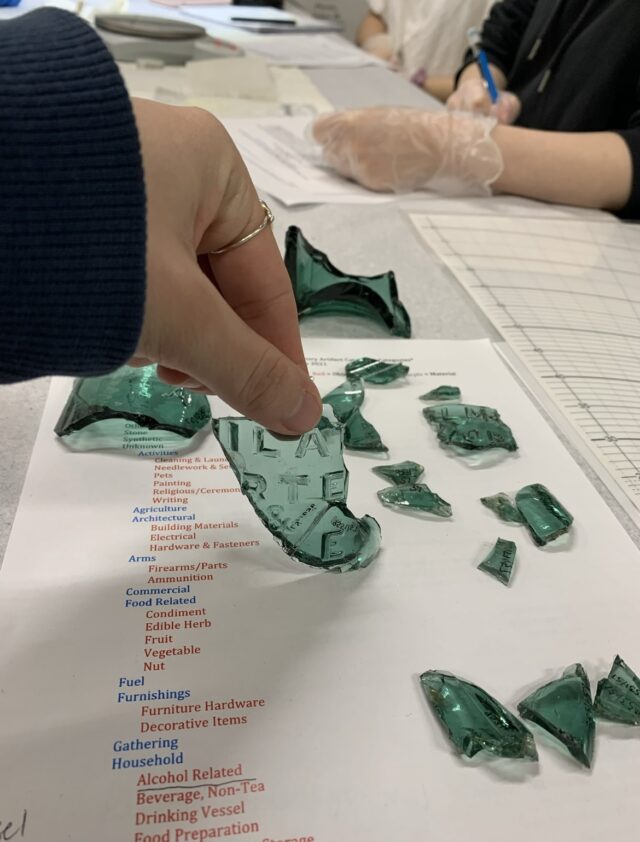Summary
This summer has definitely helped me discover the strengths and weaknesses in the methods of research I have been taught throughout my academic experience so far. While I was able to uncover a lot of mysteries about the lives of people in Seneca Village, I was more often than not hitting dead ends. That was extremely frustrating to me, and I felt as though I had exhausted my resources, the dead ends were making me feel that my research was a failure. In the end, I had to understand that I should be proud of the work I was able to de-mystify, and the road blocks are just a part of the research process. I would say my skills in research are definitely more honed when the thing I am researching is already well established, with thousands of resources to tap into and analyze. I challenged myself this summer by working with a relatively open-ended research topic. Much more dedication was required, and I had to separate my topic by different disciplines and tie them together myself in a way that was digestible. My research for the summer is close to the finish-line, and the biggest discovery I made was the great importance of the churches in Seneca Village, after all, there were three churches serving a small community, so the gospel definitely defined much of the population. Even though the churches had comparable mission statements and an emphasis on mutual-aid, there were beliefs in each church that impacted the cultural practices of respective church members. For instance, the African Union church did not allow for the consumption of alcohol, but the dig site at the village uncovered alcohol bottles. This is a clear indication of a difference in cultures amongst the people and churches. However, the churches and burial records could only provide so much information about residents, and a majority of those listed were not in census records. As my research continues, hopefully I will be able to find out more about these unknown villagers, because I feel so close to cracking the case, and I hopefully will. In the continuation of my research I really would like to look more into politics and the societal mixing of cultures in New York City.
End of Summer Research


